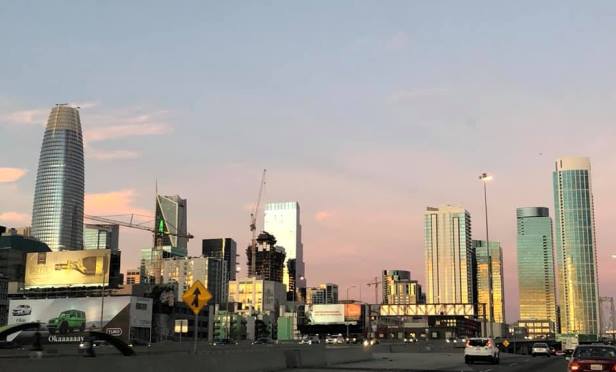 This rezoning plan is the largest measure since the downtown plan was adopted in the 1980s.
This rezoning plan is the largest measure since the downtown plan was adopted in the 1980s.
SAN FRANCISCO—The board of supervisors recently gave final approval of the Central SOMA Plan. This plan covers about 230 acres and aims to generate $500 million for local and regional transit improvements, according to Hanson Bridgett.
This will mark the largest rezoning measure in San Francisco since the downtown plan was adopted in the 1980s. Hanson Bridgett says this plan has the potential to bolster and facilitate development in the city.
San Francisco published a study indicating the plan will result in $2 billion in public benefits for the neighborhood while generating $1 billion in revenue for the city's general fund. Some of the key features of this new plan include allowing the sale of transferable development rights to new buildings within the plan area. In addition, new development impact fees and taxes will fund proposed community benefits, including community facilities, transit, affordable housing and open space.
Specifically targeting the housing shortage, San Francisco recently passed California's first Housing Sustainability District. The district will allow housing projects that meet the requirements listed below to take advantage of a 120-day streamlined process.
To qualify, individual projects must meet all of the following eligibility criteria: Propose a height of 160 feet or less (although 100% affordable projects qualify regardless of height) and be located in a zoning district that does not propose less than 50 units per acre or more than 750 units per acre, with a majority of its gross square footage proposed for residential use. All nonresidential uses must be allowed by the zoning “as of right,” meaning the use is not one that triggers a planning commission approval, Hanson Bridgett points out.
In another effort to combat the growing housing crisis, state senator Scott Weiner (D-San Francisco) has recently introduced revised upzoning legislation, the More Housing, Opportunity, Mobility, Equity and Stability Act/More HOMES, also known as SB 50. This new legislation seeks to boost residential construction in areas near public transit and job centers through exempting development projects in transit-oriented neighborhoods from typical local land use restrictions on building height and density, according to Hanson Bridgett.
Some of the notable features of this newly introduced legislation include expanding the scope of SB 827, its predecessor's exemption, which covers both neighborhoods in close proximity to public transit and those with substantial job opportunities. Also, height and density exemptions would take the form of an “equitable communities incentive” and projects within the designated zones would be entitled to up to three additional incentives under the Density Bonus Law. It also includes a five-year delayed implementation for sensitive communities and a carve-out for recently/currently rented properties.
Although the bill has faced similar criticisms to that of its failed predecessor, such as loss of local control over development, the prospects for passage of this bill are greatly improved with the early support of major cities such as San Francisco, Oakland and Sacramento, says Hanson Bridgett.
© Touchpoint Markets, All Rights Reserved. Request academic re-use from www.copyright.com. All other uses, submit a request to [email protected]. For more inforrmation visit Asset & Logo Licensing.







